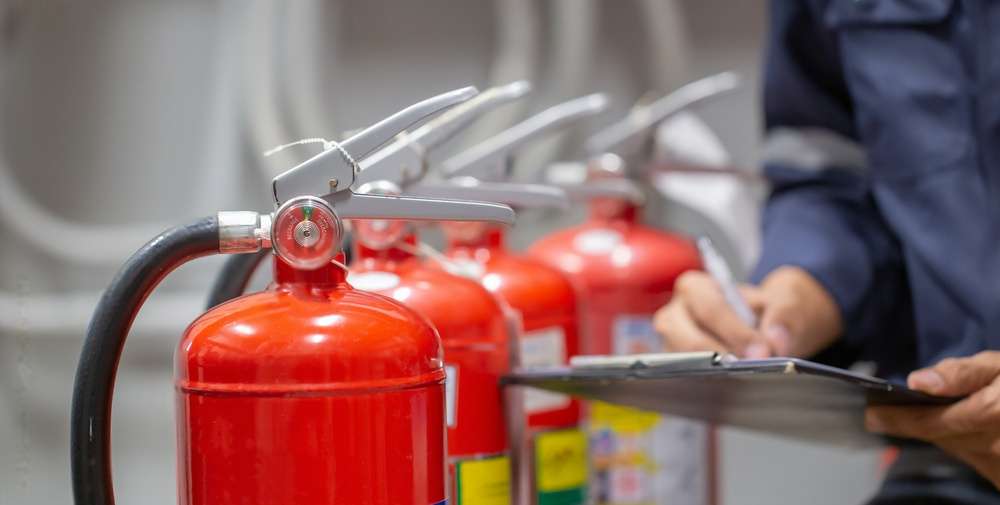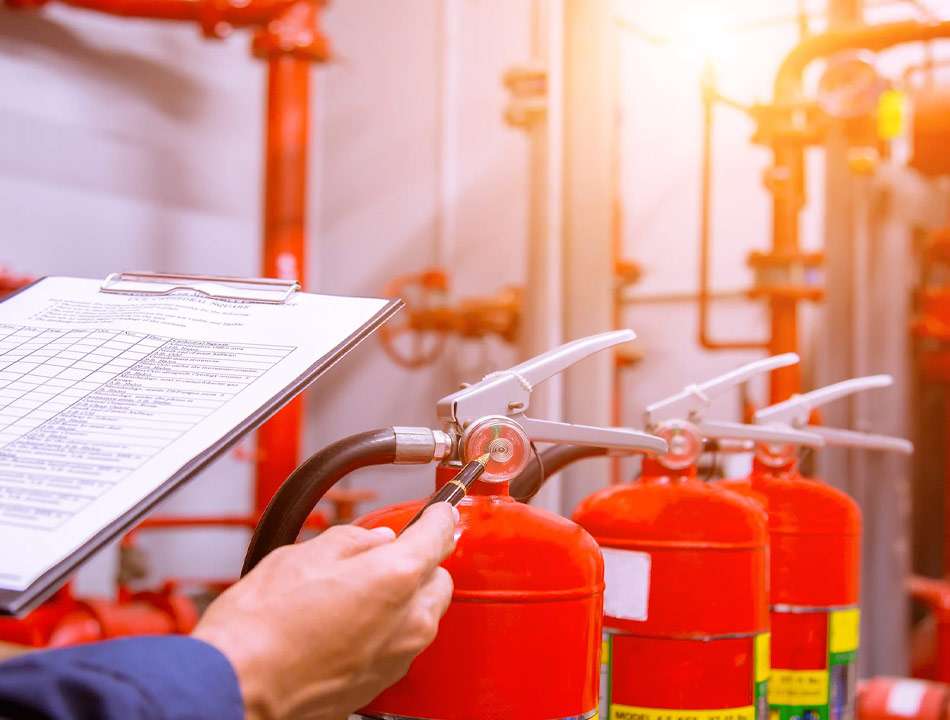- +(971) 2-5555-310
- Info@tiits.ae
- musaffah #35 Abu Dhabi


Participants will learn the proper use of various types of fire extinguishers, including water, foam, dry powder, and
CO2 extinguishers. Training covers the PASS technique (Pull, Aim, Squeeze, Sweep) for effective fire
extinguishing, as well as understanding which extinguisher to use for different classes of fires (A, B, C, D, and K).
Employees will be trained to conduct comprehensive fire safety audits within their workplace. This includes
identifying potential fire hazards, assessing the effectiveness of fire safety measures, and ensuring compliance with
local fire safety regulations. Participants will learn to create actionable reports that outline findings and
recommendations for improvement.
Understanding how to respond in the event of a fire is crucial. This training covers emergency response protocols,
including how to alert emergency services, communicate with team members, and assist individuals with disabilities
during evacuations.
Participants will learn effective fire prevention strategies to minimize fire risks. This includes proper storage of
flammable materials, electrical safety measures, and maintenance of fire safety equipment. Training emphasizes
creating a culture of safety within the workplace.
Understanding the science of fire is essential for effective prevention and response. This module covers the stages of
fire development, factors that contribute to fire spread, and the importance of controlling ignition sources.
Participants will receive hands-on training with various fire safety equipment, including fire blankets, smoke
detectors, and sprinkler systems. Knowledge of this equipment's operation and maintenance is crucial for effective
fire prevention.
After a fire incident, there are essential procedures to follow. This training includes understanding how to assess
damage, reporting procedures, and the importance of psychological support for affected employees.
• Increased Safety Awareness:
Employees trained in fire safety are more aware of potential hazards and how to
prevent them, leading to a safer workplace.
• Improved Emergency Preparedness:
Regular training ensures that employees know exactly what to do in case of
a fire, reducing panic and confusion during emergencies.
• Compliance with Regulations:
Our training programs help organizations comply with fire safety regulations and
standards, avoiding fines and legal issues.
• Protection of Assets and Personnel:
By fostering a proactive fire safety culture, organizations can protect their
employees and physical assets from fire-related incidents.
Our Fire Safety & Prevention training programs are suitable for various industries, including:
• Manufacturing
• Warehousing and Distribution
• Healthcare
• Hospitality
• Educational Institutions
• Construction